A most interesting erection
davidrt28 (zone 7)
9 years ago
Related Stories

ACCESSORIESFound Objects: The Most Natural Decor of All
They're beautiful, plentiful and best of all, free. See how to turn surprise finds into uniquely personal displays
Full Story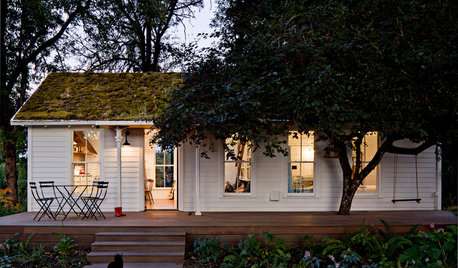
HOUZZ TOURS25 Most Bookmarked Houzz Tours of 2012
Brimming with design solutions, creative layouts and memorable architectural touches, these homes topped the interest charts this year
Full Story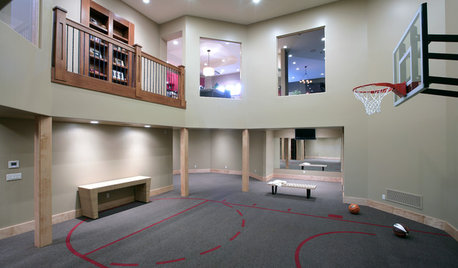
Readers' Choice: The 10 Most Popular Home Gyms of 2012
Houzzers happily went to court last year, as rooms for basketball — and for weight lifting, yoga and swimming — piqued their interest
Full Story
ARCHITECTUREPhotos of 2013: The Most Popular Industrial Spaces
These warehouses and other steely spaces produced so much interest, we had to share them
Full Story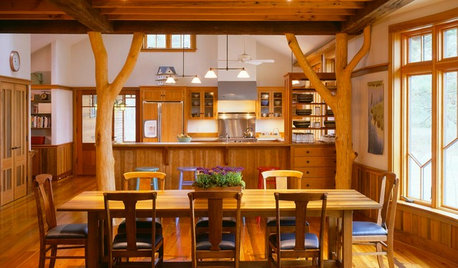
KITCHEN DESIGNOpening the Kitchen? Make the Most of That Support Post
Use a post to add architectural interest, create a focal point or just give your open kitchen some structure
Full Story
ENTRYWAYSThe Most Popular Entry Photos of 2015
Readers find inspiration in organized mudrooms of every shape and style
Full Story
MOST POPULARThe 25 Most Popular Photos Added to Houzz in 2013
See the newly uploaded images of kitchens, bathrooms, bedrooms and more that Houzz users really fell for this year
Full Story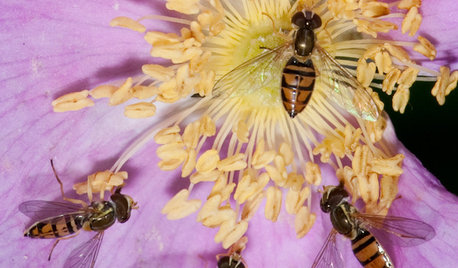
GARDENING GUIDESThis Fly Is One of the Most Beneficial Insects Around
Meet the syrphid fly, a colorful pollinator that also beats chemicals for controlling aphids and other garden pests
Full Story
STORAGEDesign Details: Make the Most of Your Cabinet Pulls
Update Your Hardware for a Whole New Look
Full StoryMore Discussions








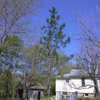
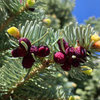
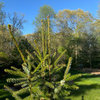
davidrt28 (zone 7)Original Author
bengz6westmd
Related Professionals
Roxbury Crossing Landscape Architects & Landscape Designers · Del Aire Landscape Contractors · East Hanover Landscape Contractors · Flagstaff Landscape Contractors · Glendale Heights Landscape Contractors · Hawaii Landscape Contractors · Kerman Landscape Contractors · Long Branch Landscape Contractors · Nashua Landscape Contractors · Parker Landscape Contractors · Ronkonkoma Landscape Contractors · South Hackensack Landscape Contractors · The Villages Landscape Contractors · The Woodlands Landscape Contractors · Thornton Landscape Contractorsdavidrt28 (zone 7)Original Author
davidrt28 (zone 7)Original Author
bengz6westmd
davidrt28 (zone 7)Original Author
jarpe
jarpe
davidrt28 (zone 7)Original Author
tsugajunkie z5 SE WI ♱
davidrt28 (zone 7)Original Author
pinetree30